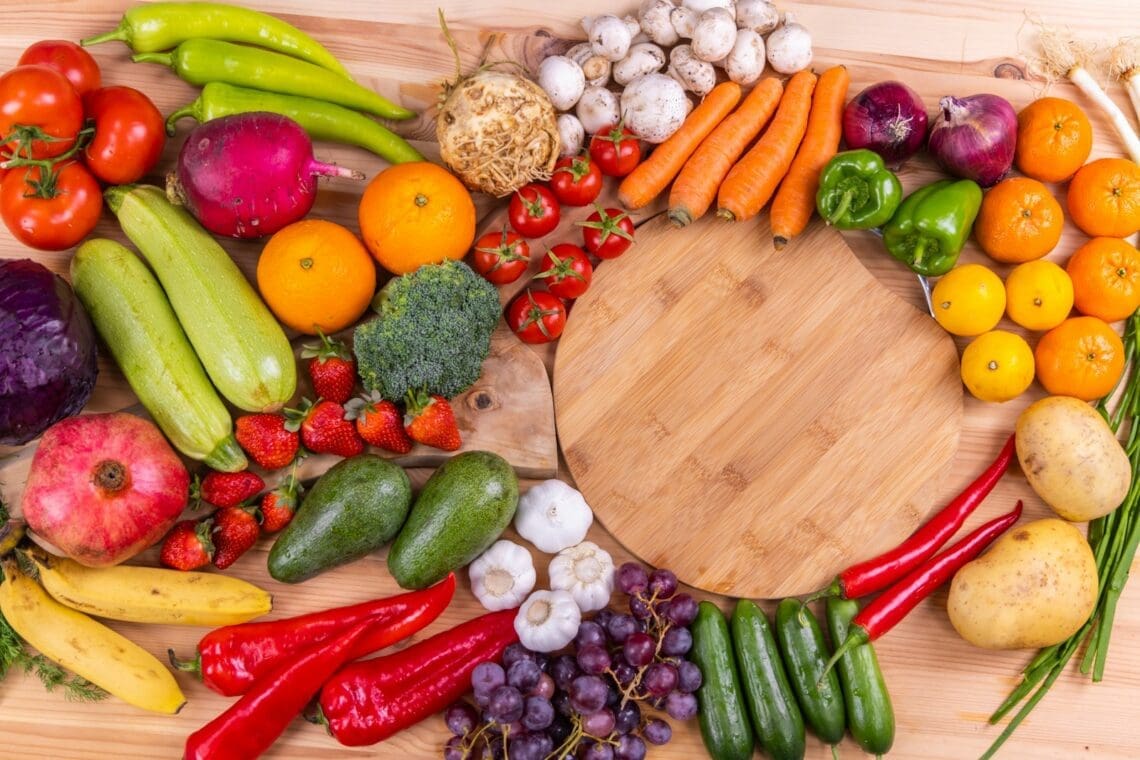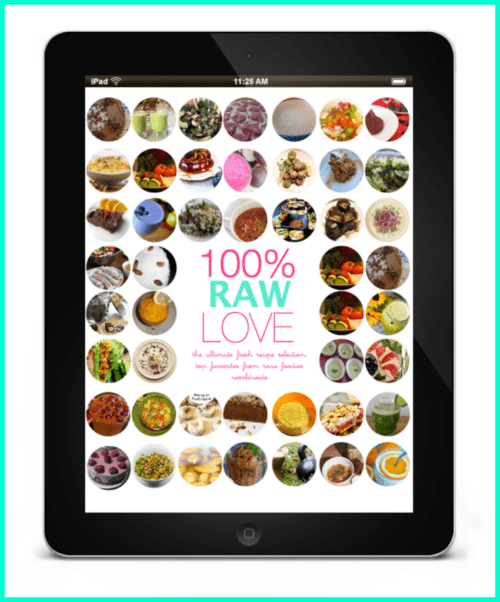
Raw Food Diet: The Fresh Facts
The raw food diet invites you to a table laden with the earth’s untouched gifts—think ripe fruits, crisp greens, and seeds brimming with life, all served up as food in natural form. Devotees, often called raw foodies, champion this uncooked way of eating, claiming it unlocks nutrient benefits like a key turning in a lock, promising health and vigor straight from nature’s hand. It’s a gentle pushback against sizzling pans and buzzing microwaves, a chance to savor the world as it grows. But what’s the truth behind this raw food diet? Let’s dig in, blending science with a dash of wonder, to explore what it offers—and what it demands.
What Is the Raw Food Diet? Nature’s Raw Deal
The raw food diet hinges on one rule: keep it cool—nothing heated above 104–118°F (40–48°C), the tipping point where enthusiasts say nutrients start to fade. Think juicy strawberries plucked from the vine, leafy kale still crisp from the garden, crunchy nuts, and sprouted grains that crackle with freshness. Most raw foodists lean vegan, building their days around plants alone, though some weave in raw animal bites—unpasteurized milk, eggs straight from the hen, or slivers of fish or meat, like sushi slipped from the sea. The belief is bold yet simple: cooking robs food of its essence, its vitamins and enzymes drifting away like mist in the sun.
It’s not a monolith, though. Some dive in fully, eating 100% raw, their kitchens a chorus of blenders and sprouting jars. Others aim for a hearty chunk—75% raw, say—blending it with cooked bites for balance. The diet’s roots stretch back to health pioneers like Maximilian Bircher-Benner, the Swiss doctor behind muesli, who preached raw eating in the 19th century. Today, it’s a modern echo of that vision, fueled by a mix of science, instinct, and a hunger for something pure.
The Science of Raw: A Nutrient Tug-of-War
Science steps up with a measuring stick, revealing a tug-of-war between raw and cooked. Raw foods clutch treasures—vitamin C in a pepper shines bright, a fragile spark that boiling can cut in half, according to studies like those in Food Chemistry. Antioxidants in broccoli, tiny shields against aging and disease, weaken under heat too; sulforaphane, a cancer-fighting compound, fades when the florets hit the pan. Enzymes—those busy workers that kickstart digestion—collapse at high temperatures, a point raw fans wave like a flag.
But the story bends. Cooking isn’t always the foe. It cracks open gifts—tomatoes spill more lycopene, a heart-guarding ruby, when warmed, with research showing up to a 35% boost in absorption. Carrots surrender beta-carotene, a golden key to vitamin A, more freely after a simmer, per a Journal of Agricultural and Food Chemistry study. Raw kale, a green darling, clutches oxalates—little thieves that snag calcium and hint at kidney stones if you overindulge, especially without balancing tricks like pairing it with citrus. It’s a dance—raw keeps some prizes close, but heat unveils others, leaving us to wonder: why not both?
Health Claims: Peaks and Pits
Raw foodies rave about the perks—energy surging like a freed stream, skin clearing like a morning sky, even whispers of chronic woes fading. Take Sarah, a 34-year-old from Oregon, who shared on X: “Six months raw, and my fatigue’s gone—life feels lighter.” Small studies nod along: a 2005 Journal of Nutrition report found raw vegans with trim cholesterol and triglycerides, their hearts beating lighter. Another, in Annals of Nutrition and Metabolism, tied the diet to slimmer frames—less baggage for life’s journey, with participants dropping an average of 10 pounds over months.
Yet shadows creep in. Vitamin B12, a spark for nerves and blood, hides in animal fare, scarce in raw plants—vegans risk running dry without supplements, studies warn. Iron from spinach slips past the body more than from steak; a 2016 *American Journal of Clinical Nutrition* analysis showed plant iron’s bioavailability at just 5–15% versus meat’s 20–30%. A 2013 Nutrition Reviews study flagged bigger risks—bones thinning like weathered branches, teeth faltering without enough minerals like calcium or phosphorus. The highs tempt, but the lows demand a steady hand—planning becomes the unsung hero.
How to Eat Raw: Crafting a Fresh Feast
Eating raw is like painting with nature’s palette, a hands-on affair. Breakfast might swirl into a smoothie—mango and spinach blending into a green dawn, spiked with chia seeds for a protein nudge. Lunch piles high with salad—nuts cracking like footsteps, avocado smooth as dusk, a drizzle of olive oil tying it together. Dinner could mean zucchini “noodles” spiraled by hand, draped in a sauce of crushed tomatoes, basil, and garlic—a taste of the earth itself. Desserts surprise—raw cacao and dates roll into bites, dark and sweet as twilight, or a “cheesecake” of cashews and lemon, chilled to creamy perfection.
You’ll need gear: a blender to whip sauces, a dehydrator humming low to mimic baking without breaking the heat line, jars coaxing seeds to sprout into tender life. It’s work—balancing protein from almonds or hemp, fats from seeds or coconut, and a rainbow of produce for vitamins. A day might hit 1,800 calories with careful picks: a cup of sprouted lentils (20g protein), two avocados (30g fat), and heaps of greens and berries. Raw eating isn’t just food; it’s a craft, a puzzle to solve with every bite.
Why Choose Raw? The Pull of the Pure
Beyond the plate, there’s a tug—a why that runs deeper. Some chase it for the planet—less heat, less strain on a weary world, with estimates suggesting raw diets cut cooking energy by half. Others crave simplicity, shedding processed clutter for food that feels alive, a throwback to when humans plucked meals straight from the branch. On X, raw fans swap stories: “Two weeks in—energy’s a river!” or a photo of beets and carrots, captioned “Nature’s art.” Skeptics jab—“Protein, though?” or “How’s winter without soup?”—but the faithful press on, drawn to the raw spark, a mix of defiance and delight.
Is the Raw Food Diet Right for You? Your Call
Could this be your path? Science won’t crown it king—it lifts some, trips others. Test it—swap breakfast for a fruit pile, try a raw day, see how your body hums. A 2020 survey of 200 raw foodists found 60% felt sharper focus, but 20% quit within a year, citing fatigue or cravings. Chat with a doc or nutritionist, especially if you’ve got quirks—pregnancy, anemia, or a picky gut—to mind.
It’s not rigid. Some dive deep, others mix raw with cooked—a duet of fire and freshness. Take Mark, a 40-year-old dad from Texas, who told a blog: “I do 80% raw, grill fish sometimes—keeps me sane.” Listen to yourself, tweak as you go—it’s your journey, not a rulebook. Start with a week: track your energy, your mood, even your grocery bill (those nuts add up). It’s less about perfection and more about discovery.
Wrapping Up: The Raw Rundown
The raw food diet isn’t a fleeting hype—it’s a lens on eating anew, a chance to rethink the fork. Science shows it guards some nutrients, like a vault keeping vitamin C safe, but misses others, a trade-off to weigh. It’s not for all—some thrive, shedding weight or fog, while others stumble, craving warmth or fullness. It’s a door to crack open if you’re curious about fueling up fresh, a spark to ignite your own food story.
At its core, it’s choice. Go full raw—say, a month of salads and smoothies—or just sprinkle it in with an apple here, a handful of seeds there. Either way, it’s a nudge to notice your food, to link with the world it springs from. Raw or cooked, it’s about feeding body and wonder alike, a reminder that every bite ties us to the earth’s quiet pulse.

